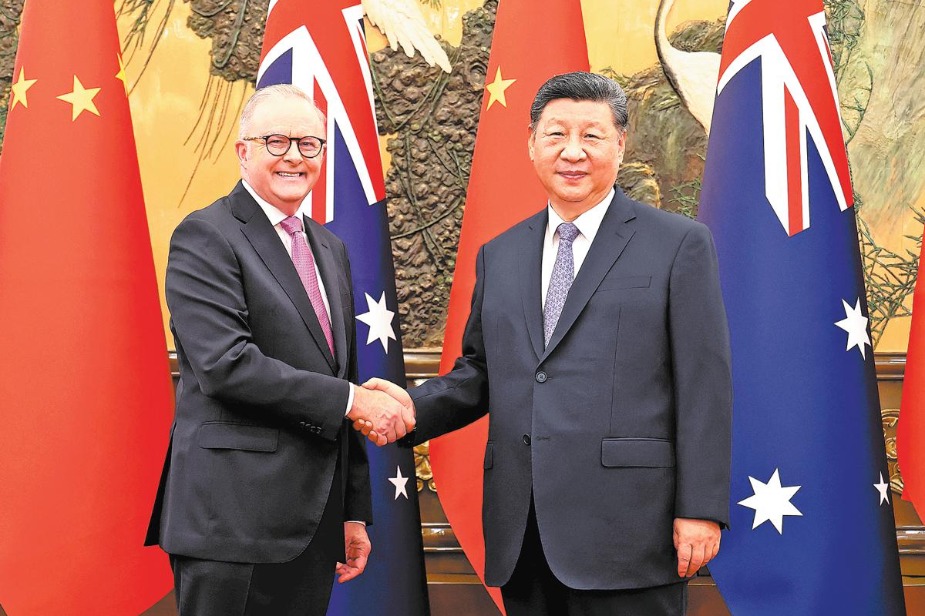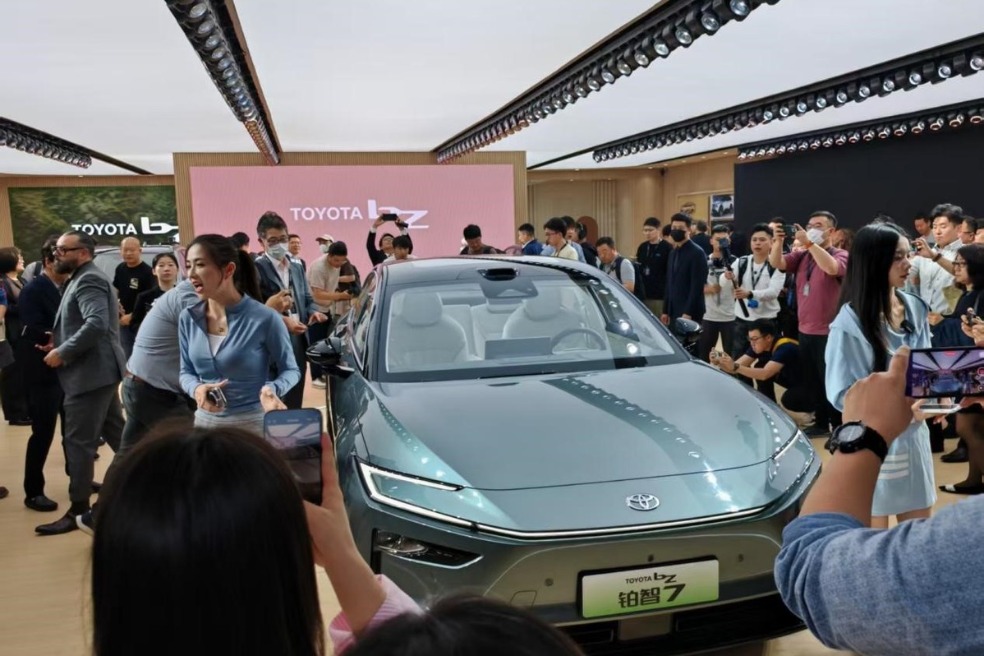Industry needs to keep chipping away to reach self-sufficiency

Over the past few weeks, there has been much talk about chips, wafers and foundries in salmon-pink papers and on business channels. Though these are commonly used words in daily parlance, in the world of business, chips or semiconductors are the cornerstone of modern cutting-edge technologies and industries.
The very fact that they are in limited quantity today has led to a scramble among the various sectors to procure steady supplies. Chips are now in everything from watches to fridges, while cars can have dozens of them.
Semiconductor sales in January alone amounted to $40 billion, up 13.2 percent on a monthly basis, and have been increasing since then. But companies have not been able to keep the production lines humming to satiate growing demand.
Surging demand for electrical goods during the pandemic lockdowns and supply chain issues have also laid bare the excessive reliance on the few global chipmakers, experts say. By 2022, a gasoline car will have 934 chips and an electric car will need 1,459, according to data from the China Association of Automobile Manufacturers. In 2017, the corresponding figures were 580 and 813, respectively.
In other words, the chip shortage has come like a perfect storm for several industries that are slowly rebuilding their supply chains after the pandemic, says Belunn Se, an independent industry analyst based in Shenzhen.
According to Se, the global semiconductor industry is much like an inverted triangle. Semiconductor equipment firms produce chipsets, which support the global trillion dollar electronic software and hardware ecology with an amplifying role for entire industries like electronics, smartphones, automobiles, home appliances and so on. That said, the chip industry is also technology and capital intensive, he says.
Currently, semiconductor firms adopt three modes of development, says Se. The first is the fabless model, which means design only and no independent production, represented by firms such as Qualcomm and HiSilicon of Huawei. The second is the foundry model, which means no design, only foundry production, such as TSMC, SMIC. The last is the IDM mode, which integrates design, independent production, packaging and testing, such as Texas Instruments.
Global consultancy firm KPMG says in a recent report that though chip production has returned to pre-pandemic levels, the current crisis point is largely due to the new surge in demand, driven by changing habits. Car manufacturers have gone full throttle, investing in tech-heavy electric vehicles.
Adding to this, the upsurge in sales of TVs, laptops, PCs, games consoles and 5G-enabled mobile phones have all added to the skyrocketing demand, the report says.
T. B. Nair, an independent analyst in the southern Indian city of Bengaluru, says the chip shortage issue is not a new one."Even before the COVID-19 pandemic, there weren't enough factories to meet semiconductor demand. There were long lead times in 2019, as chip demand outpaced the ability of factories to make them. This has persisted this year and has been compounded by the COVID-19 pandemic closures," he says.
Industry experts say that with most of the factories already operating at peak capacity, there is very little room for increased production."It is not that easy to build more factories as semiconductor fabrication facilities take at least a year to build with another 6-12 months of setup time," adds Nair.
Large semiconductor manufacturers like TSMC, UMC, SMIC, Samsung, Intel and SK Hynix are already investing in higher output, new factories, expansion and more efficient technologies. Many of these investments are expected to yield results by the end of this year, experts say.
Chinese companies like Huawei are already suffering from chip shortages due to rising trade tensions between China and the United States. China imported a record number of semiconductors in March, worth more than $35 billion, and the country is now looking to boost local manufacturing of semiconductors, experts say. US President Joe Biden has earmarked $50 billion in his $2 trillion infrastructure spending package to boost the country's chip industry.
It is important for Chinese semiconductor companies and their downstream application industries to find their own sweet spot for growth and avoid cannibalizing each other. To develop gradually and avoid the risk of being constrained at any time, it is necessary for companies to be self-sufficient through industry support and commercialization, adds Se.

Today's Top News
- Philippine defense secretary's remarks undermine regional peace efforts
- Mainland strongly opposes Lai's planned 'transit' through US
- ASEAN accelerates de-dollarization
- Xi: China, Russia to promote just, equitable intl order
- Why China still anchors global supply chains
- Xi lays out priority tasks for urban development






























